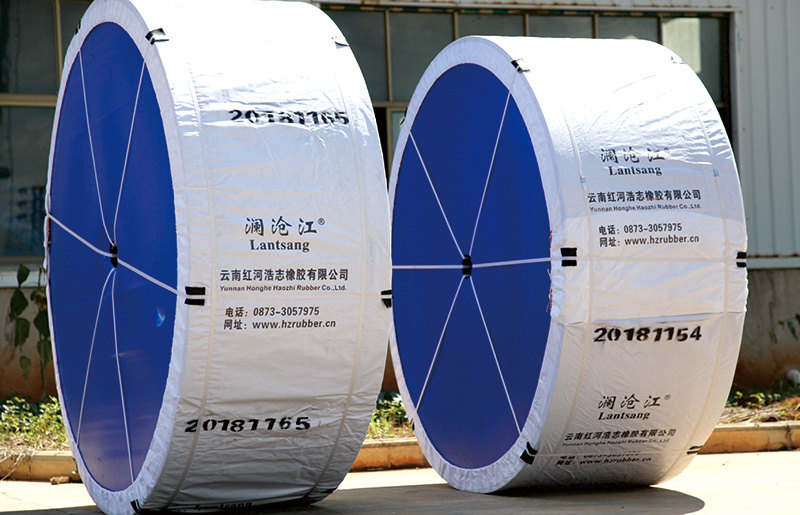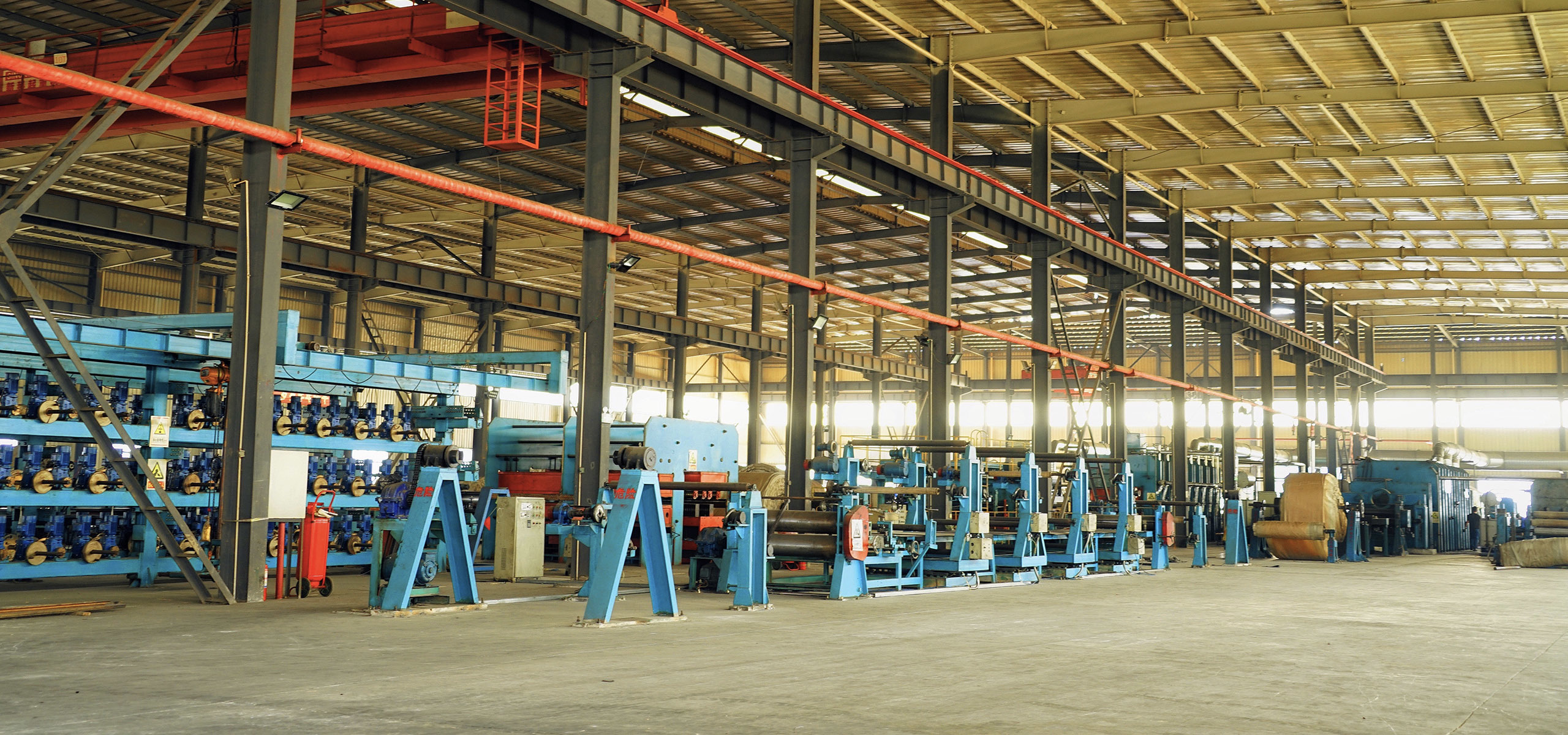02
2022
-
04
Conveyor belt maintenance tips

Conveyor belts, belt conveyors are widely used in agriculture, industrial and mining enterprises and transportation industries to convey various solid block and powder materials or finished articles. The operation is safe, the conveyor belt is easy to use, easy to maintain, and the freight is low, and it can shorten the transportation distance, reduce the project cost, and save manpower and material resources.
Conveyor belt, English name conveying belt, also known as conveyor belt, is a composite product of rubber, fiber, metal, or plastic and fabric that is used in belt conveyor belts to carry and transport materials. Conveyor belts are widely used in cement, coking, metallurgy, chemical, steel and other industries where the conveying distance is short and the conveying volume is small.
Maintenance Instructions
During transportation and storage, the conveyor belt should be kept clean to avoid direct sunlight or rain and snow, to prevent contact with acids, alkalis, oils, organic solvents and other substances, and to be one meter away from the heating device.
During storage, the temperature of the warehouse should be kept between 18-40 ℃, and the relative humidity should be kept between 50-80%.
During storage, the conveyor belt must be placed in rolls and must not be folded. During the storage period, it should be turned over once a quarter.
Conveyor belts of different types and specifications should not be used together, and the joints should preferably be glued.
The type, structure, specification and number of layers of the conveyor belt should be reasonably selected according to the conditions of use.
Generally, the running speed of the conveyor belt should not be greater than 2.5 m/s. For materials with large lumps and high abrasiveness, and using a fixed unloading device, the low speed should be used as much as possible.
The relationship between the diameter of the transmission roller of the conveyor and the cloth layer of the conveyor belt, the matching of the transmission roller and the reversing roller, and the requirements for the groove angle of the idler should be reasonably selected according to the design regulations of the conveyor.
The feeding direction should follow the running direction of the conveyor belt. In order to reduce the impact on the conveyor belt when the material falls, a chute should be used to reduce the falling distance of the material; , The belt should adopt a soft and moderate baffle plate, so as to avoid the baffle plate being too hard and scratching the belt surface of the conveyor belt.
previous page:







